
Solutions
Innovation determines the future. QT BIO focuses on the research and development and application of isothermal nucleic acid amplification technology and has RAA technology patent authorization. Committed to creating a precise, efficient, fast, and portable nucleic acid detection platform.
African Swine Fever: What You Need to Know
Release Time:
2018-09-06
Four African swine fever outbreaks have occurred within China over the past month, causing widespread public concern due to the severity of the situation. This article will outline the current epidemic situation, introduce the basic information and detection methods of African swine fever, and explain the impact of African swine fever on the public's consumption of pork.
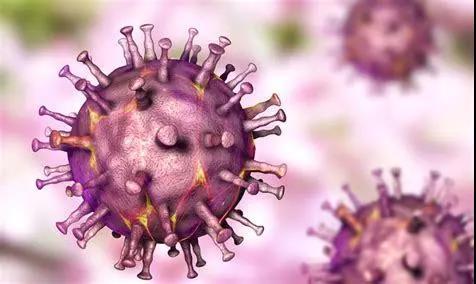
African Swine Fever Virus
Epidemic Progress
On August 3, Shenbei New District in Shenyang City, Liaoning Province reported a swine fever epidemic. This was the first African swine fever outbreak in China since the discovery of the African swine fever virus.
On the afternoon of August 16, a truckload of pigs suddenly died for unknown reasons at a slaughterhouse of a food company in Zhengzhou Economic Development Zone, Henan Province. Experts from the National Foreign Animal Disease Research Center of the China Animal Health and Epidemiology Center confirmed it as African swine fever.
On August 19, the Ministry of Agriculture and Rural Affairs announced that an African swine fever outbreak occurred in Haizhou District, Lianyungang City, Jiangsu Province.
On August 22, African swine fever was confirmed in pigs from 3 farms in Leqing City, Zhejiang Province.
From Shenyang, Liaoning to Leqing, Zhejiang, the geographical span of the African swine fever outbreak has exceeded 1600 km. Fortunately, emergency response mechanisms have been activated in all affected areas, with measures such as lockdown, culling, harmless treatment, and disinfection. The transportation of all live pigs, susceptible animals, and products into or out of the lockdown area is prohibited, and investigations and epidemiological surveys are underway. With the joint efforts of all parties, the epidemic in the four areas has been effectively controlled.
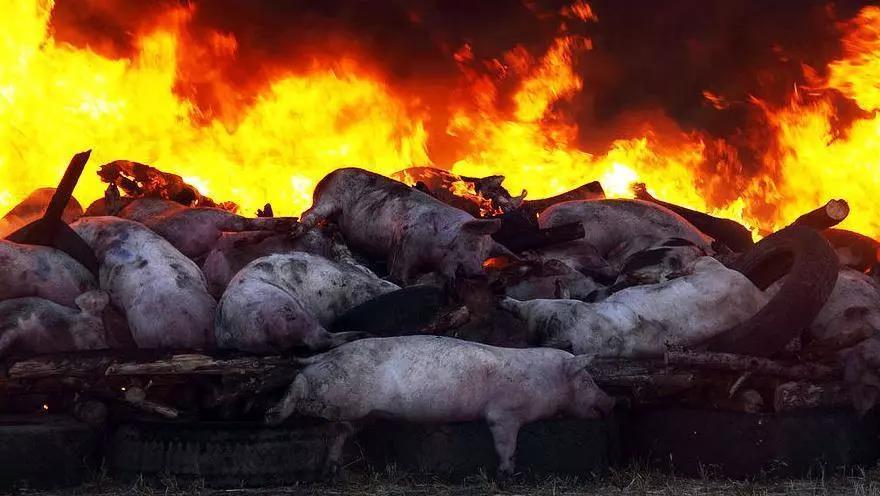
Handling Affected Animals
What is African Swine Fever?
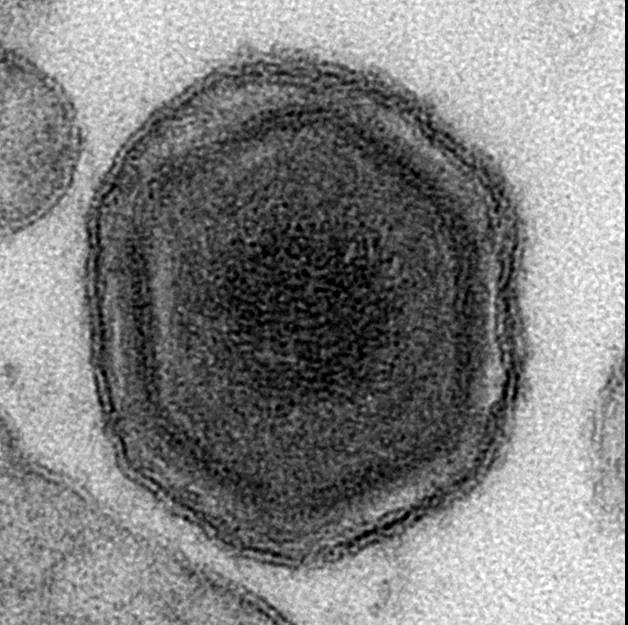
African Swine Fever Virus Particles under an Electron Microscope
African swine fever (ASF) was first discovered in Kenya in 1921 and has been present in sub-Saharan African countries. In 1957, it spread to Western Europe and Latin America, and most outbreaks were promptly eradicated. However, it remains prevalent in western Spain and Sardinia, Italy. This outbreak in China is the first reported case in East Asia.
The disease is caused by the African swine fever virus (ASFV), a large double-stranded RNA virus, and is transmitted through soft ticks to infect wild and domestic pigs. African swine fever has a short incubation period, with a mortality rate of up to 100% in pigs. Clinical manifestations include fever, cyanosis, and significant hemorrhage in lymph nodes, kidneys, and gastrointestinal mucosa.
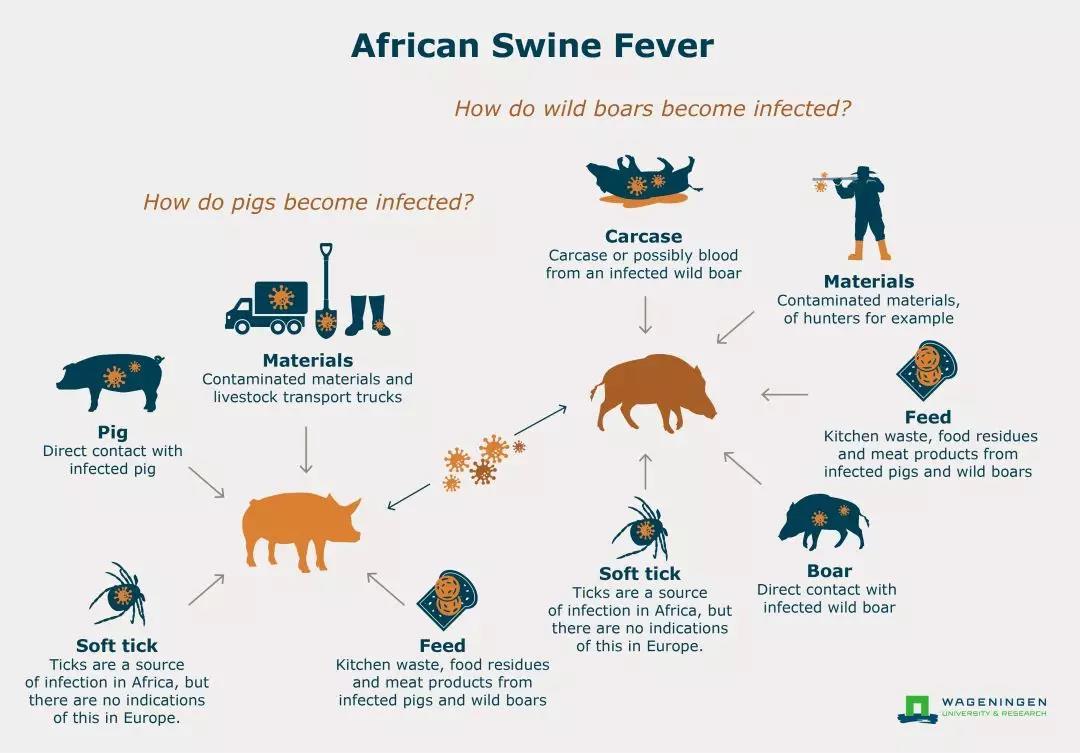
Routes of Infection of African Swine Fever
Although African swine fever has a high mortality rate in pigs, it is not a zoonotic disease (zoonotic pathogens have receptors in both humans and vertebrates and can naturally spread between species). It only affects pigs and is harmless to humans, so there is no need for excessive worry. African Swine Fever Virus Detection
Currently, laboratory diagnosis of African swine fever mainly uses several methods, including enzyme-linked immunosorbent assay (ELISA), PCR, LAMP, in situ DNA hybridization, immunohistochemical detection, virus isolation, and animal inoculation.
Combining the characteristics, advantages of RAA technology and the characteristics of African swine fever virus, Qitian Gene has successfully developed an African swine fever virus nucleic acid detection kit (RAA fluorescence method), which achieves specific, sensitive, and rapid detection of pathogens under normal temperature conditions, providing a new solution for the identification of African swine fever virus. In practical applications, the RAA kit will undoubtedly significantly shorten the time to confirm the epidemic, giving relevant departments and personnel more time to deal with the situation.
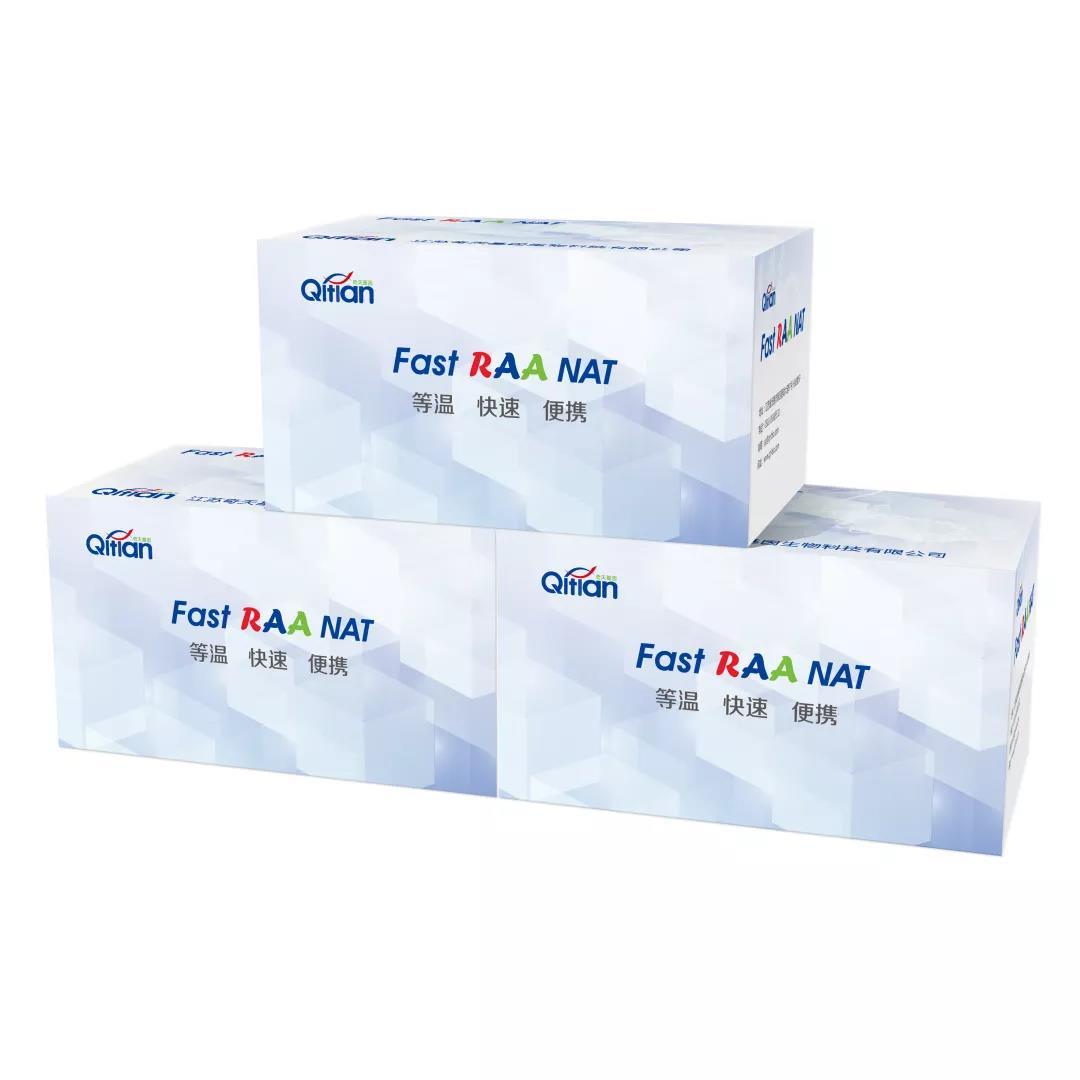
Image of Qitian Gene's Reagent Kit Product
Is the Pork on the Market Still Safe to Eat?
With the outbreak of African swine fever, the safety of pork sold on the market is the biggest concern for ordinary people. Here, I want to assure everyone that pork purchased from regular channels is still safe to eat!

Pork from Regular Channels is Still Safe to Eat
First, as mentioned earlier, the human body lacks receptors for the African swine fever virus, so it is generally not invaded by the virus; second, the African swine fever virus is very sensitive to heat and is inactivated at 60℃ for 10 minutes, so you only need to follow the usual cooking procedures to kill the virus; in addition, all pigs in the epidemic area have been culled and disposed of harmlessly and will not enter the market. There is no problem with eating pork purchased from regular markets.
This is the end of this issue's science popularization on African swine fever. Hope it helps!
Next
QT Biotech Co., Ltd.
Tel: +86-510-85385531
Mobile: +86-18921157475
Email: qt@qt-bio.com
Website: www.qt-bio.com
Address: No. 97, Xingye Building B, Linghu Avenue, Xiwu District, Wuxi City
Racing against time, guarding life safety

WeChat Account

Official Public Account

